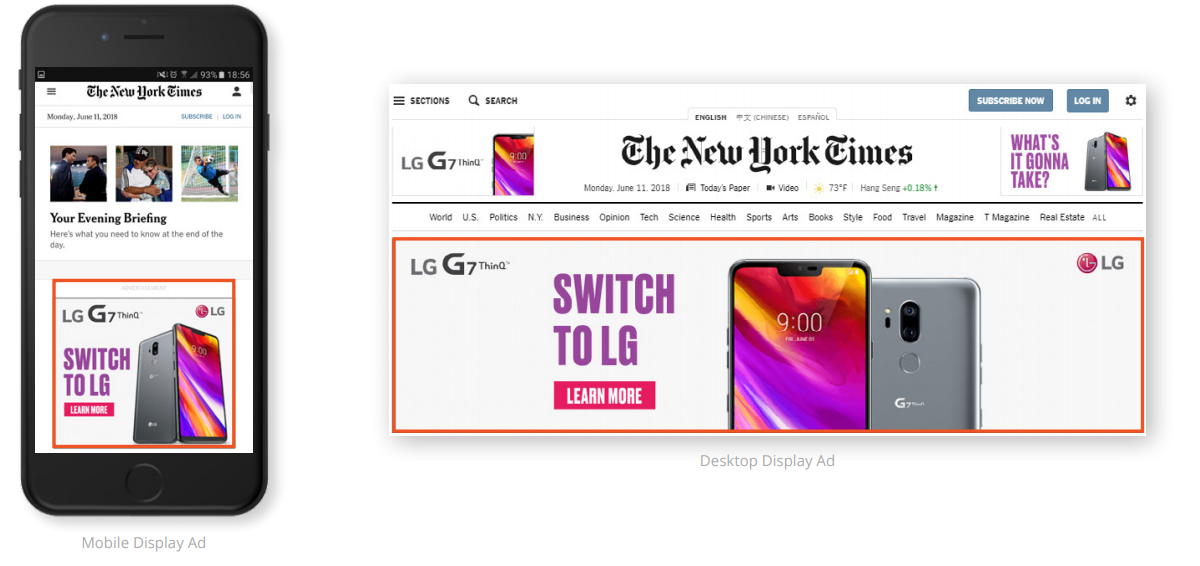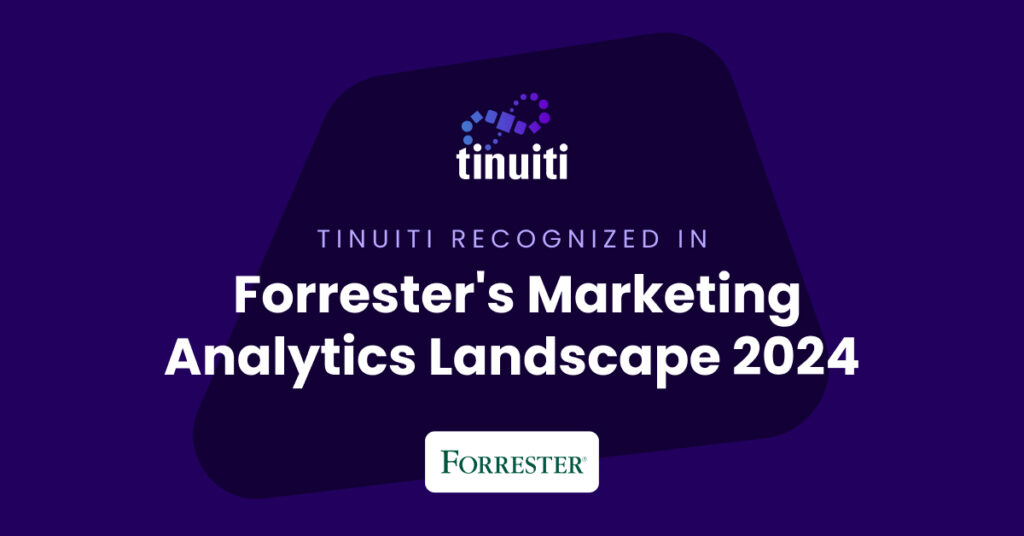Direct marketing — also called direct response marketing — is a type of advertising in which businesses communicate directly with a select group of customers to advertise a product or service.
Unlike mass advertising, which is meant to raise awareness, the goal of direct marketing is for customers to take action. These actions can range from signing up for an email list to, more conventionally, completing a purchase.
Benefits of Direct Marketing
When used well, direct marketing can be a great tool for brands for many reasons. For one, it allows you to market to a specific group of people.
These people can be previous customers, shoppers who have visited your website without completing a purchase, consumers with a specific need — any information you gather about customers can be used for targeting direct marketing.
This also means that direct marketing campaigns can be more cost-effective than mass advertising. When you leverage a targeted list and personal messaging, you’re able to market to customers who you already know are interested or have a need that your product fills.
As a result, direct marketing can have a higher ROI than mass advertising.
Another benefit of direct response marketing is that you can measure campaign success through a variety of different tracking methods. Leveraging this data can help you improve future campaigns and calculate an accurate ROI.

5 Types of Direct Marketing:
Direct response marketing can take a variety of forms, and the benefits can vary depending on the business.
Here are some common examples of direct response marketing.
1. Email marketing
Probably the most ubiquitous form of direct marketing today, email marketing involves sending emails to past, current, or potential customers with a desired action in mind. As with any direct marketing tactic, you’ll need to create a segmented list to target.
Thanks to the CAN-SPAM Act, email marketing has some pretty strict regulations, including mandatory opt-ins for marketing email lists and the option to unsubscribe.
Personalization is a big benefit of direct marketing, and in a sea of spam emails, personalization can help your messages stand out. Customers are more likely to open and act on messages that address their needs, target them by name, or connect with them in some other personal way.
Collecting important customer information during the email sign up flow and integrating your CRM and email marketing platform can help automate personalized email campaigns.

2. Direct mail
Direct mail refers to businesses sending promotional materials directly to consumers. Direct mail is often segmented based on demographics or geography. While direct mail can be effective and inexpensive, one of the biggest cons is that many consumers might consider it junk mail.
The more value your mailing provides, the less likely it is to be viewed as real-life spam; consider including a small sample of your product or offering a special discount or promotion via mail.
Programmatic Direct Mail ® is a platform, founded by PebblePost that transforms real-time online activity into a dynamically rendered, personalized direct piece of mail that is sent to a consumer’s home within 12-24 hours (as seen in the example below).

Based in New York City and founded in 2014, the primary goal of platform is to “seamlessly connect real time interest and intent data with in-home tangible media.”
For example, a shopper is searching for a dress to wear to a wedding this summer. They click on a turquoise blue lace dress but decide to abandon cart and keep shopping instead.
Programmatic Direct Mail will register that shopper’s data history (via desktop, mobile or mobile app) and in less than 24 hours will retarget the shopper with a printed mail piece advertising the same blue lace dress. Creative for the document is provided by the advertiser and can include additional discounts or special offers on the product of interest.

“We combined the most powerful parts of digital marketing data – real time interest and intent behavioral activity from user driven segmentation, with the most powerful part of direct mail – physical media into home,” PebblePost CEO / founder Lewis Gersh said.
“The two combined produce over 20% response rates – that’s 10x higher than traditional direct mail at 2% and 200x higher than digital retargeting at .1% CTR.”
3. Text messages
Also called SMS marketing, reaching potential customers via text is becoming more and more commonplace. People tend to be glued to their phones, so text messages have a higher open rate than email.
You can send discount codes, drive traffic to a mobile-optimized site, or announce sale events through text.
Something to be aware of with SMS marketing is that customers must opt-in to receiving texts from your business. There are platforms that can help automate the opt-in process, as well as the rest of your SMS campaigns — think of it as just another piece of your marketing automation stack.
4. Targeted display ads
Have you ever been shopping online and navigated to a new site just to see an ad for the product you were shopping for? That’s site retargeting, one direct marketing technique using targeted display ads. Retargeting uses pixels or cookies to show ads to people who have visited or interacted with your site.
You can take display ads one step further by directly targeting leads with IP targeting. IP targeting displays banner ads to a specific home or business based on their IP address and location. This allows you to reach the customers you want where they already browse online.
When done correctly, targeted display ads can be extremely cost-effective, as it allows you to potentially reach 100% of your leads with minimal budget waste.
5. Video Direct Response
A good way to help ensure that your video includes everything necessary to facilitate conversion is to remember that the buyer’s journey doesn’t always end with your video. Often, it starts there!
Ensure that all of your video content gives every viewer a way to take the next step on their personal buyer journey, whether that next step is to visit your website and learn more about your product or to click a promotion, redeem a code, and make a purchase.
Take advantage of types of inventory that offer extra opportunities for promotion, but don’t rely on companion banners and supporting ads to provide the information your consumers need to convert.
Video advertisements can and should provide all the information that a viewer needs to make a purchase–directly in the video player.
To learn more about creating direct response videos that convert – check out our guest post with FuelX.

Direct Marketing Best Practices
Overall, successful direct marketing boils down to two things:
- Smart targeting and segmentation
- Personalization
Regardless of the direct response marketing tactic you choose, make sure that you’re providing value to your customers, adding an aspect of personalization and familiarity, and giving them a clear call-to-action.
By leveraging the knowledge and tactics shared above, you can use direct marketing campaigns as a cost-effective, measurable way to reach new customers and bring back existing ones.
You Might Be Interested In














